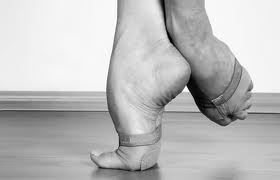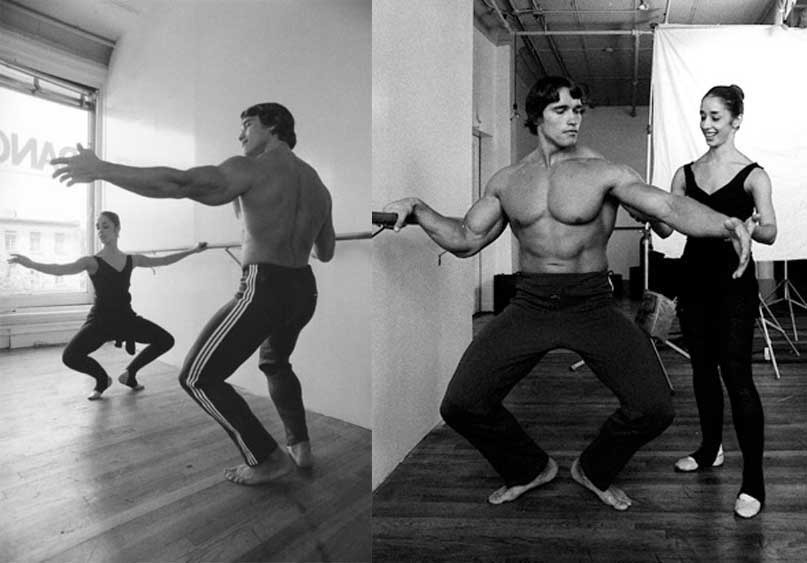Hi!
Beginner male ballet dancer here.
To make a long story short I need monstrous ankle strength to go from here:

to here:

with hopes of finally ending at here:

The teacher told me it would take on average 3-4 years of “releves” and “eleves” using just my bodyweight to build up the appropriate amount of ankle strength in order to do the above. The “eleve”, is nothing more than a simple standing calf raise, and the “releve”, is a bending of the knees before springing up into the standing calf raise.
Bodyweight is a waste of time. I need weights. And heavy ones. Strength training was because it IS more efficient in building strength compared to calisthenics. If my conclusion is correct then those who have been training their calves via weights should have the strength to stand pretty high up on their toes, similar to a ballet dancer as they are both utilizing the same movement and muscles.
My question(s) are: Does anyone think the conclusion I am coming to is a flawed one? Also anyone with any experience with calf raises want to weigh in on ankle strength gains they made and how high up they can stand on their toes?
Thanks all!




